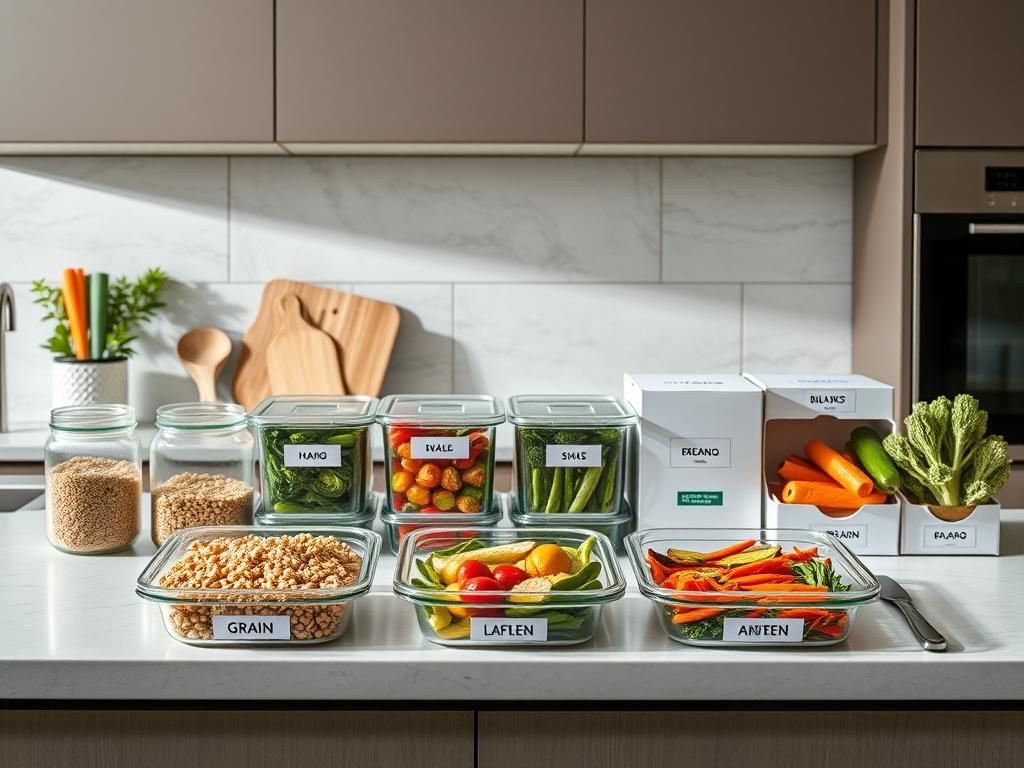
Meal planning doesn't need to be complicated. A clear, repeatable system saves time, reduces waste, and removes the daily decision pressure.
Start with a simple system
Choose a planning rhythm
Pick one planning session each week. Use 20–40 minutes to map breakfasts, lunches, dinners, and two snack options. Consistency beats perfection.
Build a template
Create a weekly template: 2 protein-focused dinners, 1 slow-cooker or sheet-pan meal, 1 quick stir-fry, and a flexible leftovers night.
Batch, shop, and simplify
Batch cook smartly
- Cook a double batch of grains and a roast or braised protein. Portion and refrigerate or freeze.
- Prep vegetables for quick use: roast, steam, or chop for salads and bowls.
Shop with intent
- Build a shopping list from your template to avoid impulse buys.
- Buy versatile ingredients that appear in multiple meals.
Make it stick
Use time blocks: one cook day, one shopping trip. Keep a short master list of favorite meals to prevent planning fatigue. Review leftovers midweek and shift meals as needed.
Small systems applied consistently create more calm and better meals than sporadic effort. Start with one week and refine your template as you learn what your household eats and when.
